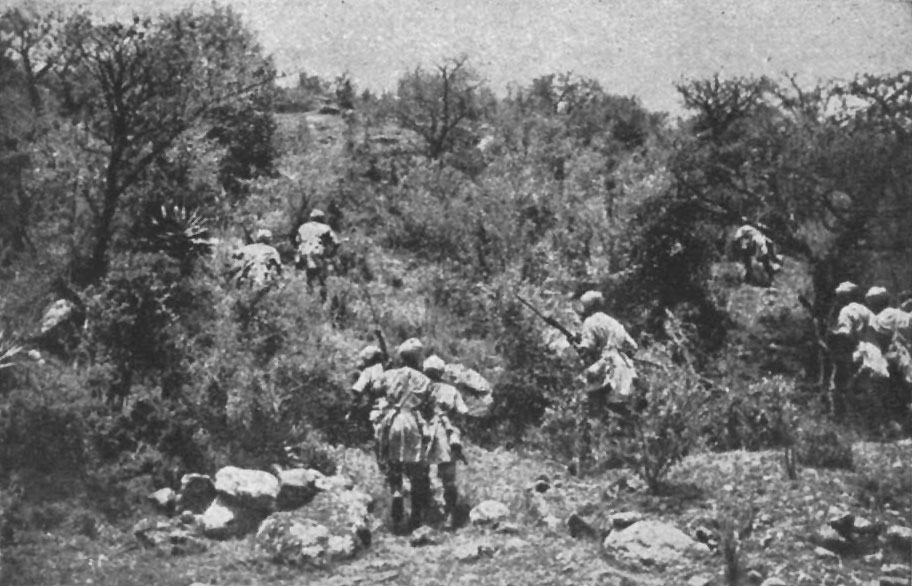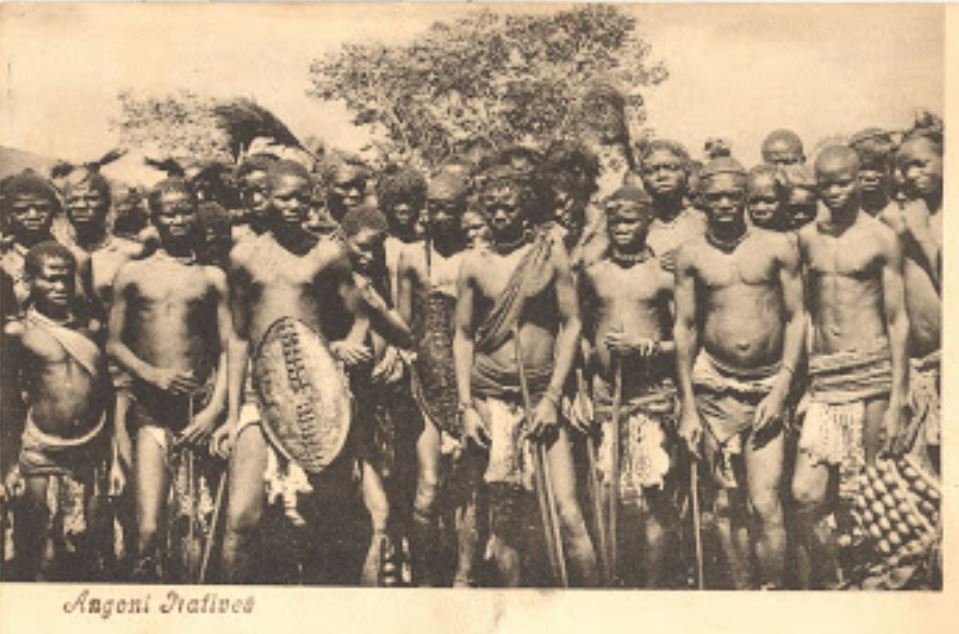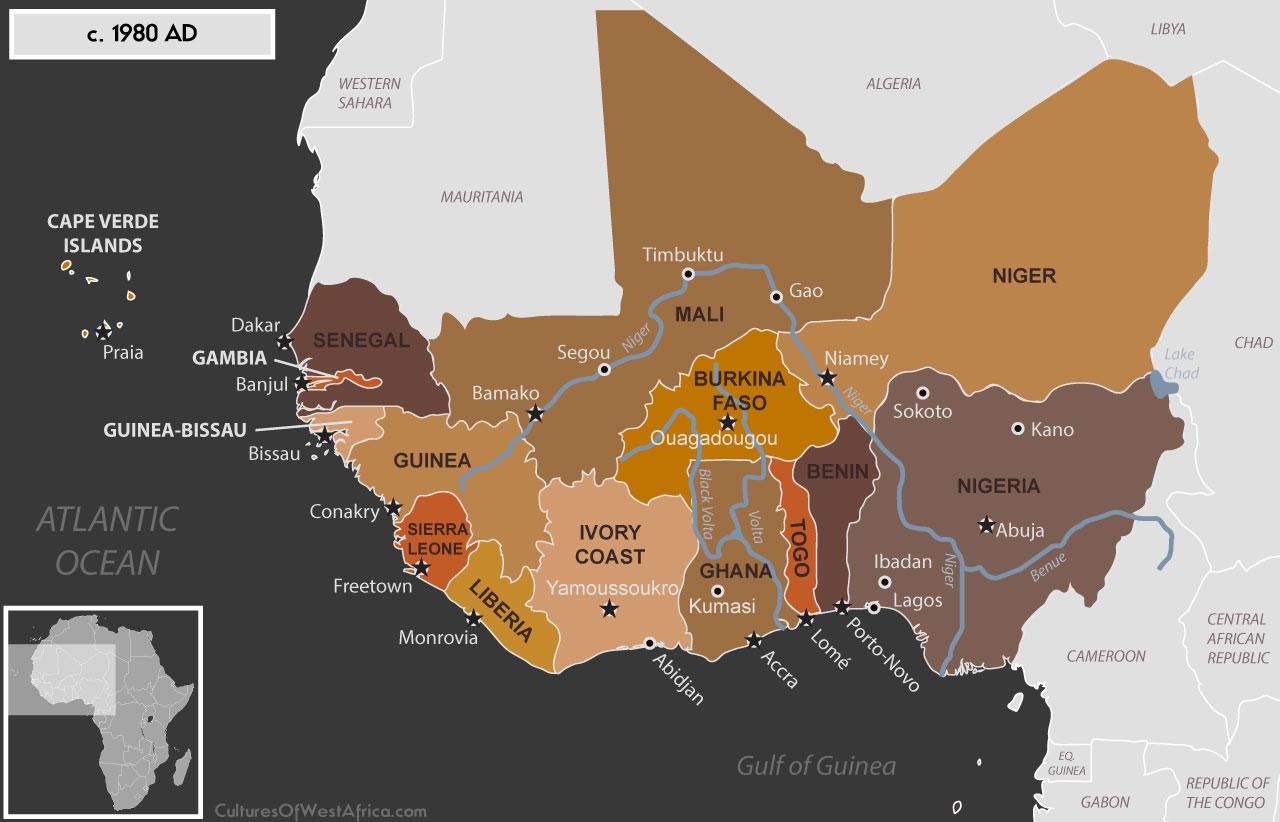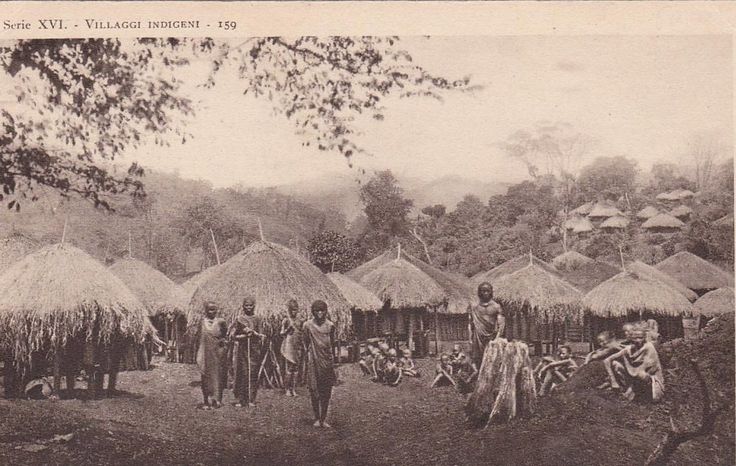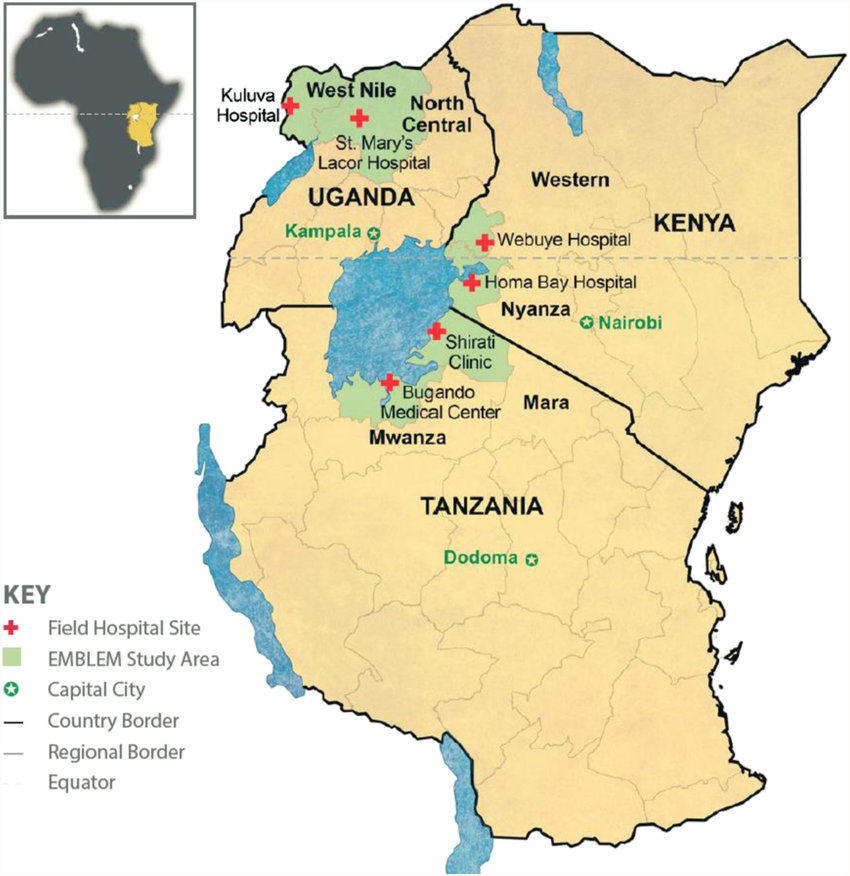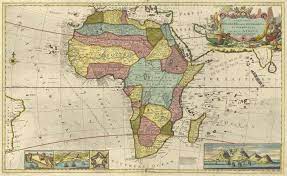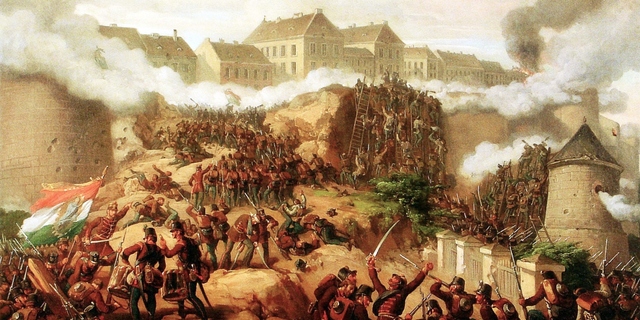World War I (1914-1918) and World War II (1939-1945) were two major global conflicts that had a profound impact on the course of history. Here’s a brief overview of the history behind both wars:
World War I:
- Causes: The main causes of World War I can be traced back to a complex web of factors, including militarism, imperialism, alliances, and a series of diplomatic crises. The assassination of Archduke Franz Ferdinand of Austria-Hungary in June 1914 served as a trigger for the war.
- The Great Powers: The war involved the major powers of the time, including the Allies (primarily France, Russia, and the United Kingdom) and the Central Powers (led by Germany, Austria-Hungary, and later joined by the Ottoman Empire).
- Warfare: World War I witnessed the widespread use of new technologies and tactics, such as trench warfare, machine guns, artillery bombardments, and chemical weapons. The war was characterized by a stalemate on the Western Front and intense battles on the Eastern Front.
- Outcome: The war ended with the signing of the Armistice on November 11, 1918. The harsh conditions imposed by the Treaty of Versailles on Germany, along with the redrawing of national borders, contributed to post-war tensions and laid the groundwork for future conflicts.
World War II:
- Causes: World War II was primarily sparked by the expansionist ambitions of Nazi Germany under Adolf Hitler, who sought to establish a greater German empire. Other causes included the unresolved issues from World War I, economic crises, and political instability.
- Aggression and Alliances: Germany’s invasion of Poland in September 1939 marked the beginning of the war. The conflict quickly escalated as other nations, including the United Kingdom and France, declared war on Germany. The Axis Powers, led by Germany, Italy, and Japan, aimed to dominate regions through military aggression.
- Global Conflict: World War II spread across continents, involving numerous countries. Major theaters of war included Europe, the Pacific, North Africa, and Asia. The war witnessed devastating battles, such as Stalingrad, Midway, and Normandy, and atrocities like the Holocaust.
- Allied Victory: The tide of the war turned in favor of the Allies, which included the United States, the Soviet Union, the United Kingdom, and other nations. The Allies launched major offensives, leading to the liberation of occupied territories and the defeat of the Axis Powers.
- Aftermath: World War II brought significant geopolitical changes, including the emergence of the United States and the Soviet Union as superpowers. The war’s devastating toll led to efforts for international cooperation, resulting in the establishment of the United Nations.
It’s important to note that this overview only scratches the surface of the complexities and historical events surrounding both world wars.



